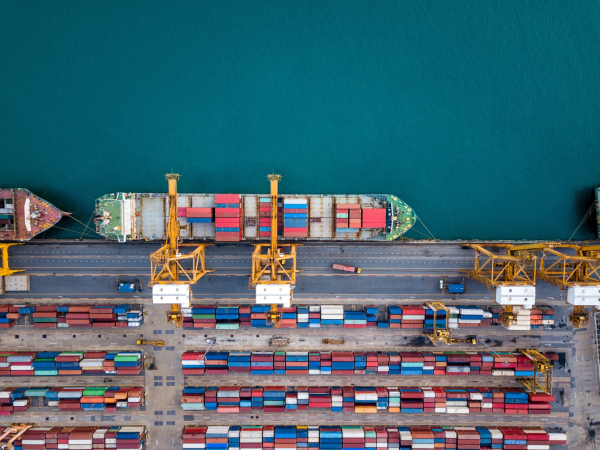Manufacturing & CPGUKG
Modernizing manufacturing: The power of efficient workforce management
For manufacturers, having an efficient workforce management (WFM) system in place isn’t just a convenience—it’s…
Read article

Manufacturing & CPG Supply Chain
09/01/2022
by Scott Simari, Liya Getachew, and Tyler Welch

Being “lean” has consistently served as a key indicator of success for manufacturers. Companies have focused on maximizing value while minimizing waste through just-in-time manufacturing, automated resource planning, and supplier outsourcing. However, disruptions caused by COVID-19, geopolitical challenges, and supply chain issues have served as harsh reminders that hyper-lean manufacturing processes are not resilient enough to withstand significant disruption or prolonged volatility. As a result, manufacturers have been forced to re-evaluate the whole system in which they exist, the costs of efficiency, and the need for diversified and flexible supply chains.
A great example of the volatility uniquely impacting lean business is the recent semiconductor shortage. Manufacturers who are dependent on semiconductors, and lacked a strategy for reducing the risk of supply chain disruptions, quickly realized the immense scale of the semiconductor market as the shortage took hold. Due to the pandemic, the world saw a dramatic increase in spending on durable goods. Things like cars, appliances, and personal electronic devices were all in high demand – in the past three years alone, global demand for PCs increased by $56B. This demand continued to increase as devices became “smarter” and more advanced. An additional complexity that surfaced was the realization that a majority of semiconductors flow through a single company, Taiwan Semiconductor Manufacturing Co. (TSMC), with the remainder mostly going to manufacturing operations in China. COVID-19 lockdowns across Taiwan and mainland China resulted in major disruptions to the semiconductor supply. Even as lockdowns were lifted, manufacturers found little relief due to the overwhelming demand that created major bottlenecks within the global logistics system, causing longer lead times for anything flowing through ports.
Most recently, we have seen similar market volatility driven by other broad forces such as inflation and geopolitical conflict. Accepting that this type of increased volatility will be the norm in the coming decades, how can you calibrate your business to maximize value, minimize waste, and mitigate risk exposure in an increasingly volatile system? Start by asking yourself these questions:
It’s easy to stay focused on what’s right in front of you. But, if you’re struggling to find answers to the big-picture questions above, it might be a sign that you’re not investing enough time and resources into seeing the forest for the trees.
Not sure where to start? We do. Fill out the form below to connect with one of our consultants.
Business insights
Manufacturing & CPGUKG
For manufacturers, having an efficient workforce management (WFM) system in place isn’t just a convenience—it’s…
Read article

Manufacturing & CPGSupply Chain
The global trade landscape is shifting rapidly, driven by recent U.S. tariff policies. Below are key considerations and…
Read article

Manufacturing & CPGOptimize Technology
During peak season, CPG companies face unique operational challenges: unpredictable demand spikes, transportation…
Read article
